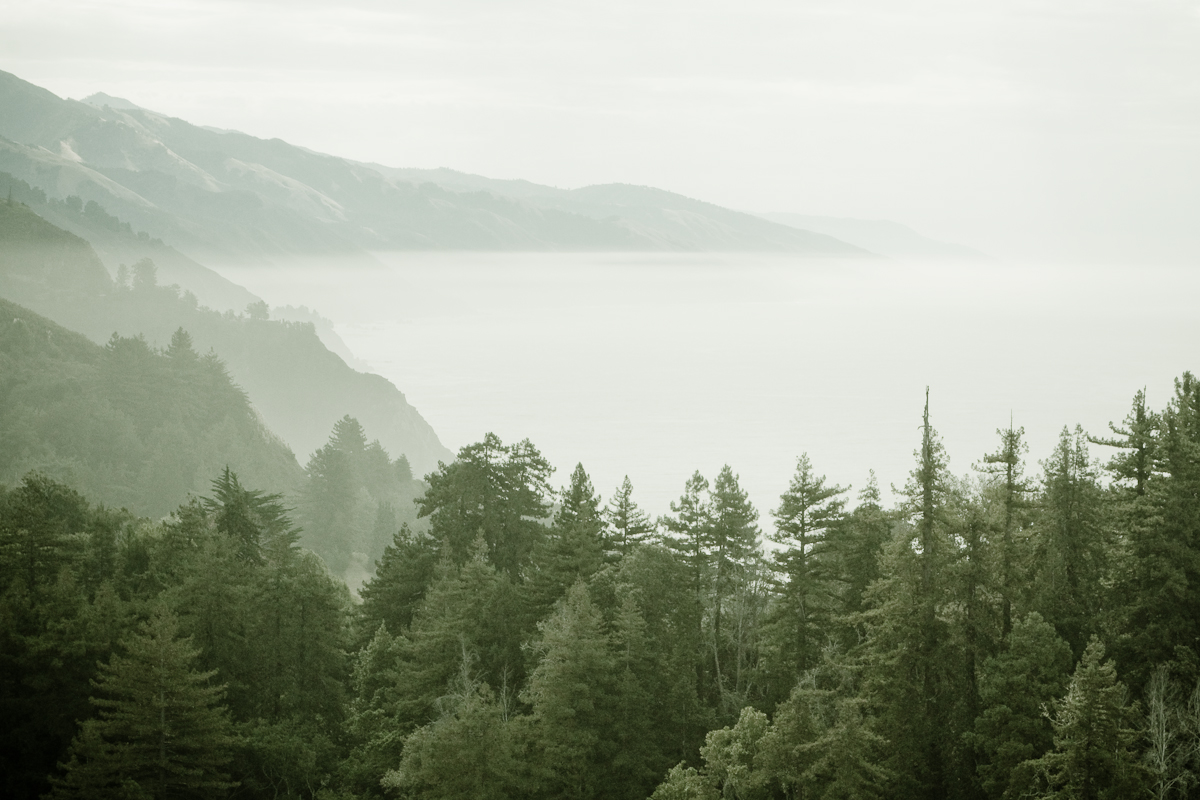

The fearless, intrepid Spaniards called it “The great country to the South” – and they were leery of venturing there.
These lands remain elusive to most Caucasians, but to Indians this was a pleasing place.
Before a white person ever saw Big Sur, a large population of Indians lived here peacefully and prosperously for thousands of years. Salinan, Esselen, and Ohlone-Rumsen artifacts show Big Sur habitation for 10,000 years.
In 1542 Cabrillo sailed by here and wrote: “There are mountains which seem to reach to the heavens, and the sea beats on them.”
Big Sur began 35 million years ago, 14 miles deep in the earth off the coast of Mexico. Tectonic plates rubbing against each other moved these mountainous rocks north. Five million years ago they pushed up out of the ocean to form an island that is now Big Sur. The Santa Lucia range, which includes the Ventana Wilderness of today, is young and precocious.
Today, Big Sur is a coastal wilderness. It is as raw as could be imagined for its 200,000 acres and 90 miles of California coast. It is a grand testimony to the human craving for appreciating this undeveloped, natural beauty that it has been protected. A highway was constructed in the 1930’s just to see this boldly beautiful natural setting. The road in this setting has come to define Big Sur for most people. But, the will of the pioneers to conserve the remarkable region has prevented its destruction by development.
Ninety-five per cent of Big Sur is the fold-upon-fold of Ventana Wilderness, rare biology, incredible geology that most people do not ever see. In the coastal mountain canyons that vein the intricate quilt of watersheds (e.g. a hike in Partington) one gets an inside peek at this wondrous country.
Quoted from pelicannetwork.com